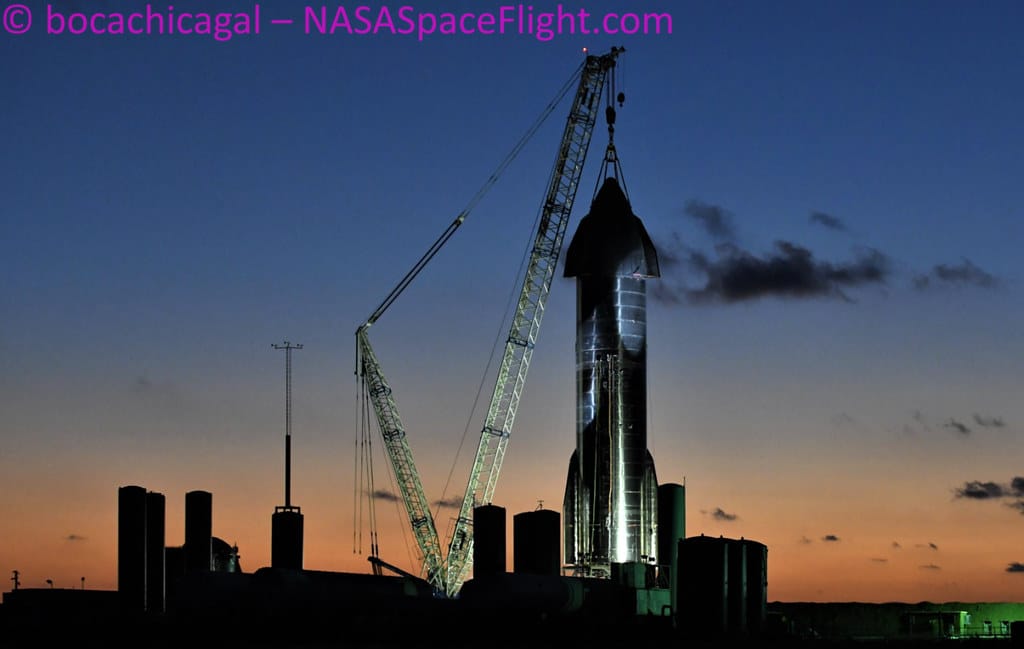SpaceX Starship Test Vehicle Explodes During Ground Operations at Starbase
A SpaceX Starship prototype exploded during ground testing operations at the company's Starbase facility in Texas, marking another dramatic chapter in the ambitious rocket program's development cycle. The incident, which occurred during what appeared to be routine pre-flight preparations, sent flames and debris across the test site but resulted in no reported injuries.
What Happened at Starbase
The explosion took place during ground operations involving one of SpaceX's Starship test vehicles, designed to eventually carry crew and cargo to the Moon, Mars, and beyond. Dramatic footage shared across social media platforms showed the massive stainless steel rocket engulfed in flames before a significant explosion scattered debris across the surrounding area.
SpaceX has not yet released official details about the specific cause of the incident, but initial reports suggest it occurred during propellant loading or engine testing procedures. The company's Starbase facility in Boca Chica, Texas, serves as the primary development and testing site for the Starship program, where such test failures are considered part of the iterative design process.
Part of SpaceX's "Fail Fast, Learn Faster" Philosophy
This explosion represents the latest in a series of dramatic test failures that have characterized Starship's development journey. SpaceX CEO Elon Musk has consistently emphasized the company's approach of rapid prototyping and learning from failures, often describing destroyed test vehicles as valuable data points rather than setbacks.
Since 2019, SpaceX has conducted numerous Starship tests, ranging from short "hop" flights to high-altitude test flights. Several previous prototypes, including SN8, SN9, SN10, and SN11, were destroyed during landing attempts, each providing crucial engineering data for subsequent iterations.
The current Starship design stands approximately 165 feet tall and is intended to work in conjunction with the Super Heavy booster to create the most powerful rocket system ever built. When combined, the full Starship system reaches nearly 400 feet in height and is designed to be fully reusable.
Impact on Timeline and NASA Contracts
While test failures are expected in SpaceX's development process, this incident raises questions about potential impacts on the company's ambitious timeline. NASA has selected Starship as the lunar lander for its Artemis program, with the first crewed Moon landing planned for 2026.
SpaceX holds a $2.9 billion contract with NASA for the Human Landing System, making Starship's successful development crucial for America's return to the Moon. The company has also committed to conducting an uncrewed demonstration mission to the lunar surface before any crewed flights.
Beyond NASA's requirements, SpaceX has outlined even more ambitious goals for Starship, including plans for Mars colonization missions and point-to-point Earth transportation. The company aims to make life multiplanetary, with Starship serving as the primary vehicle for establishing a self-sustaining human presence on Mars.
Regulatory and Safety Considerations
The Federal Aviation Administration (FAA) will likely investigate this incident as part of its ongoing oversight of commercial space operations. Previous Starship test failures have prompted regulatory reviews and sometimes resulted in operational pauses while safety procedures are evaluated and improved.
SpaceX has generally maintained strong relationships with regulators despite the dramatic nature of some test failures. The company's transparent approach to testing and its emphasis on conducting operations in unpopulated areas have helped maintain regulatory support for its development activities.
Looking Forward
Despite the spectacular nature of this latest explosion, industry experts note that such incidents are typical for cutting-edge rocket development programs. Historical precedents from the Space Race era through modern commercial space development show that explosive test failures often precede major breakthroughs.
SpaceX continues to manufacture multiple Starship prototypes simultaneously at its Starbase facility, ensuring that single vehicle losses don't significantly impact the overall development timeline. The company's parallel development approach allows engineers to incorporate lessons learned from failures into subsequent test vehicles quickly.
This explosion, while dramatic, represents another data point in SpaceX's methodical approach to developing the world's most powerful rocket system. As the company continues pushing the boundaries of aerospace technology, such spectacular failures remain part of the path toward eventual success in making humanity a multiplanetary species.
